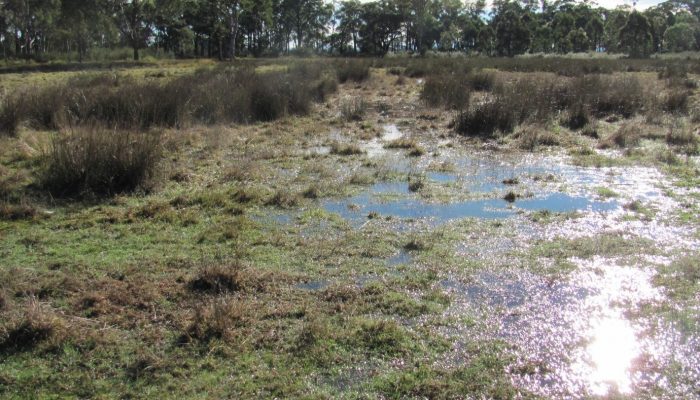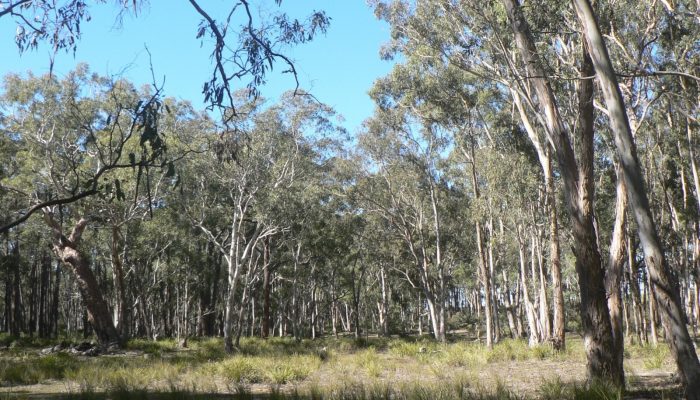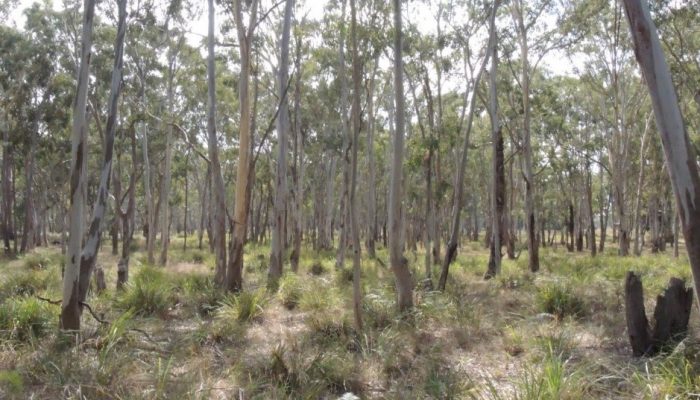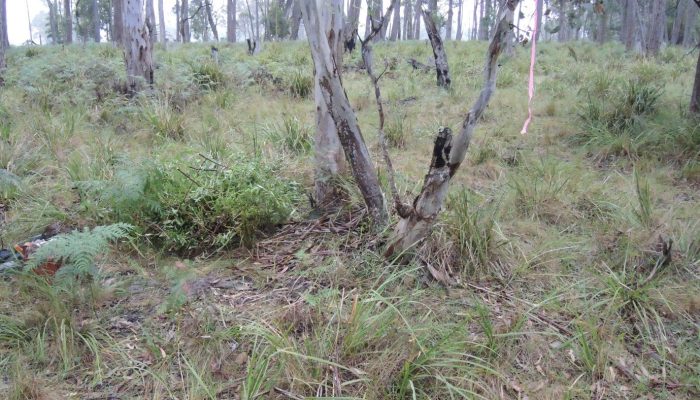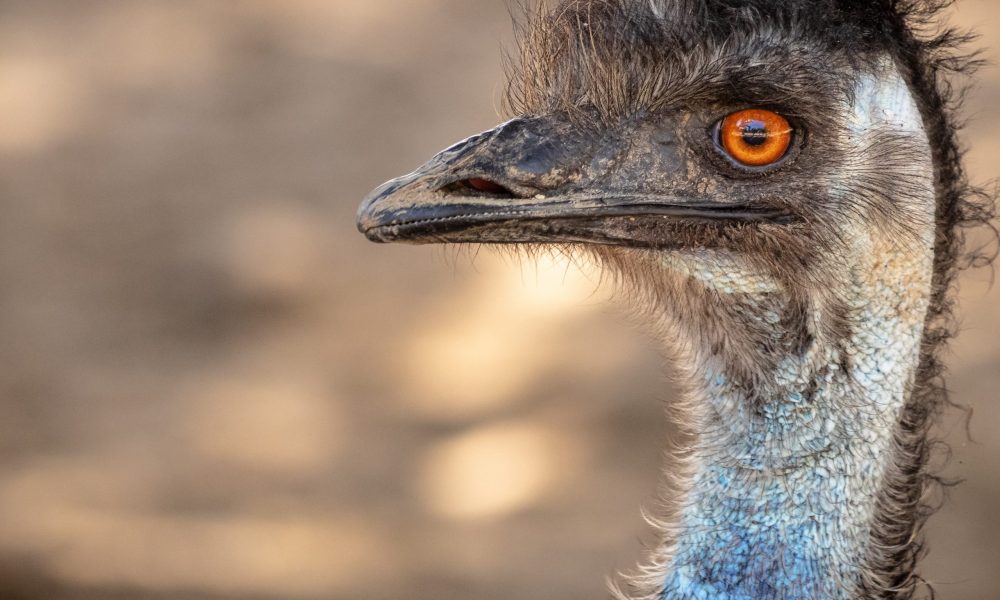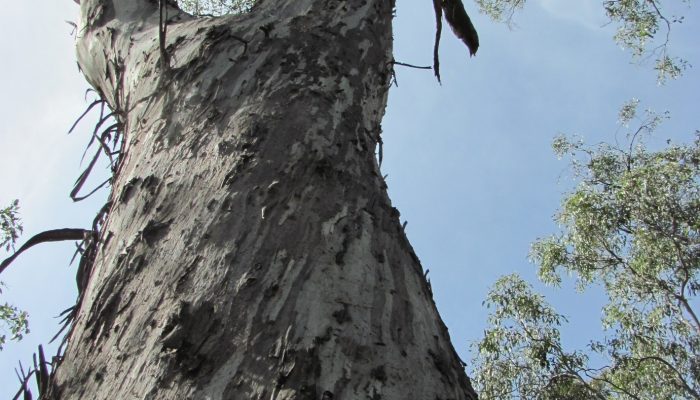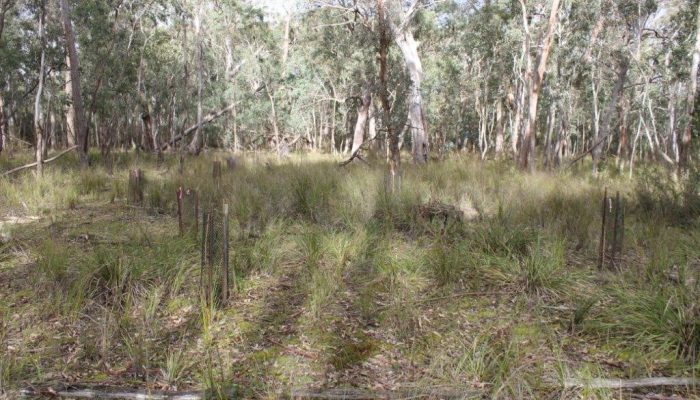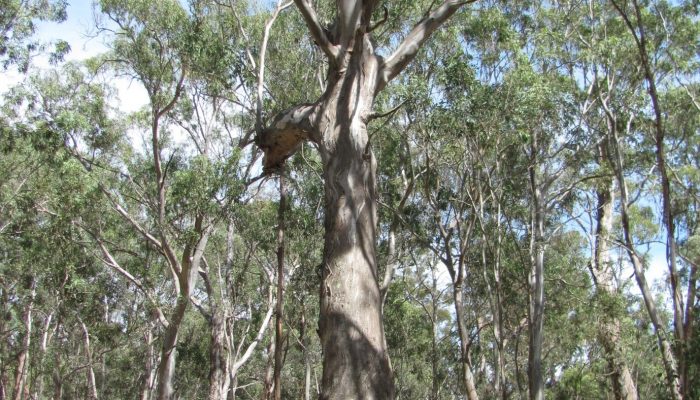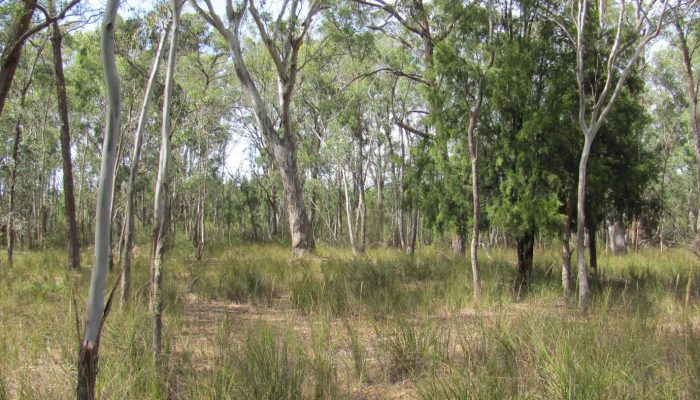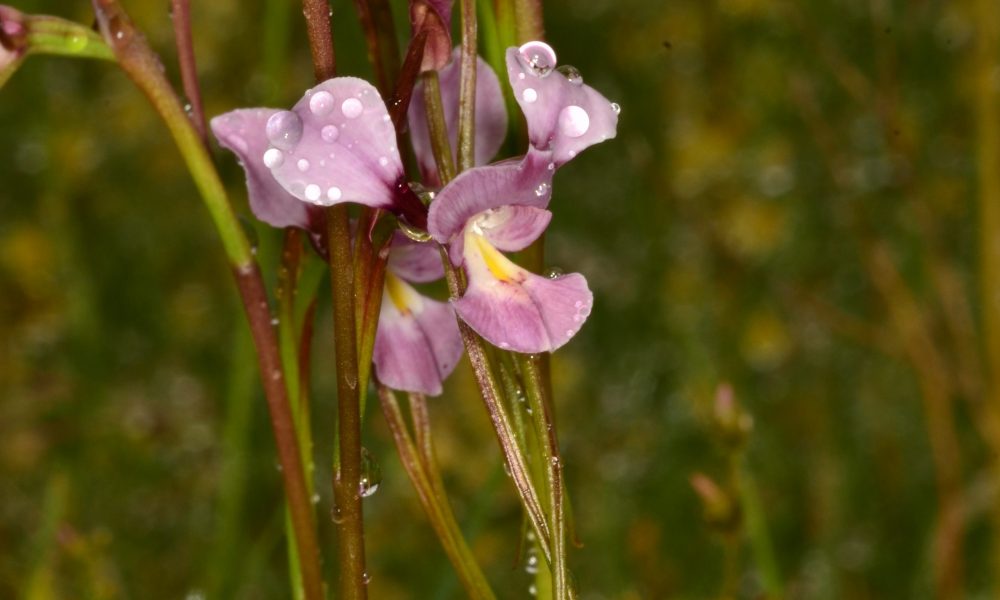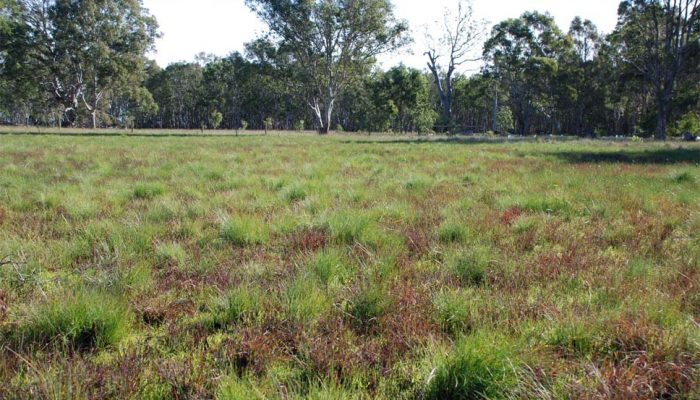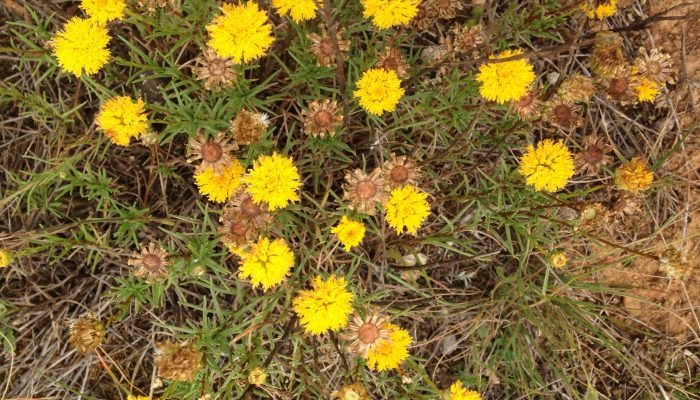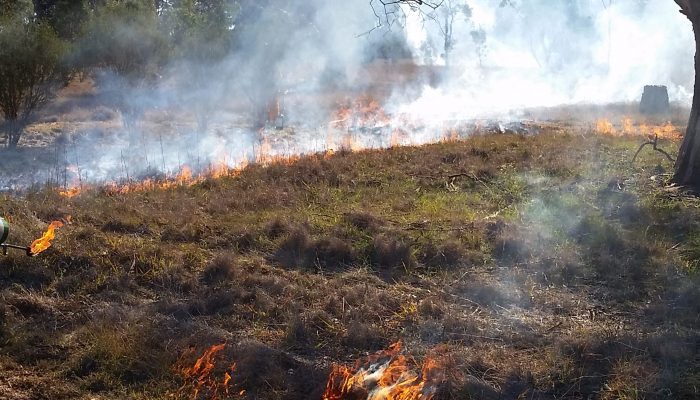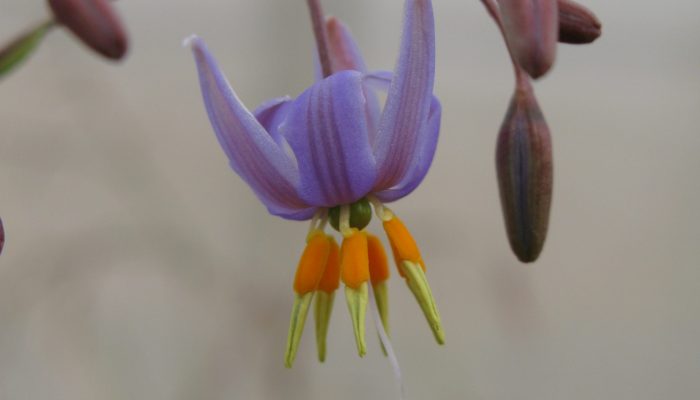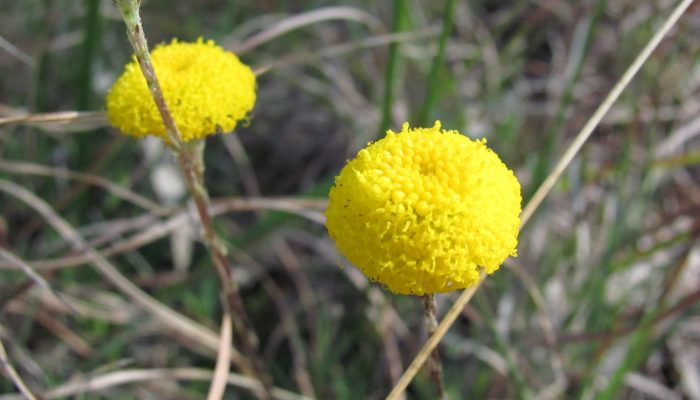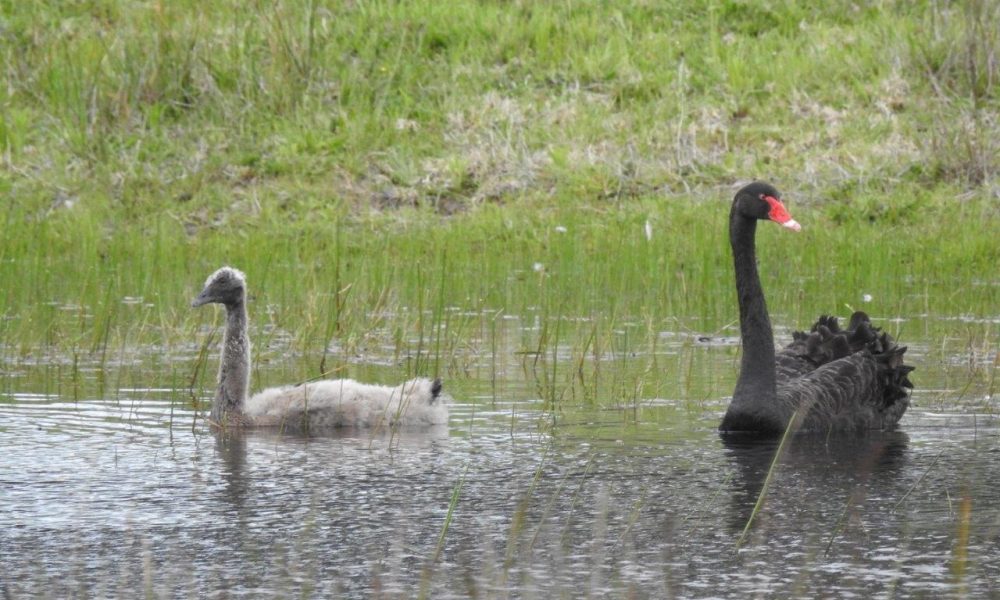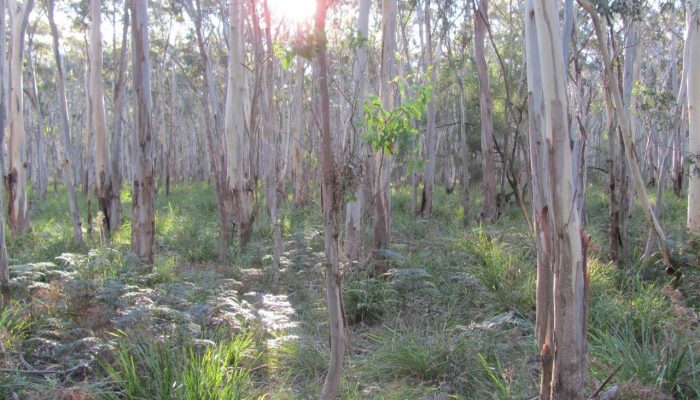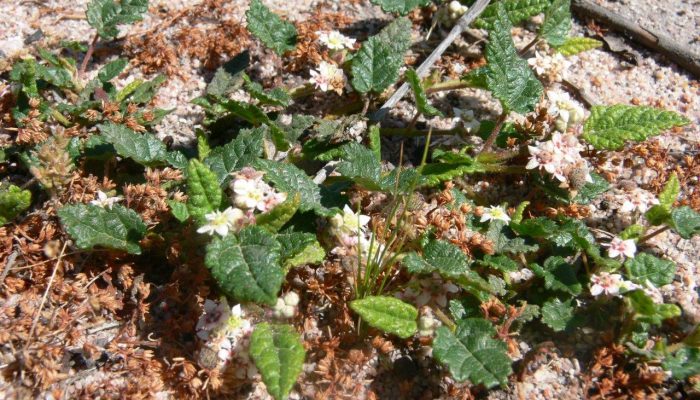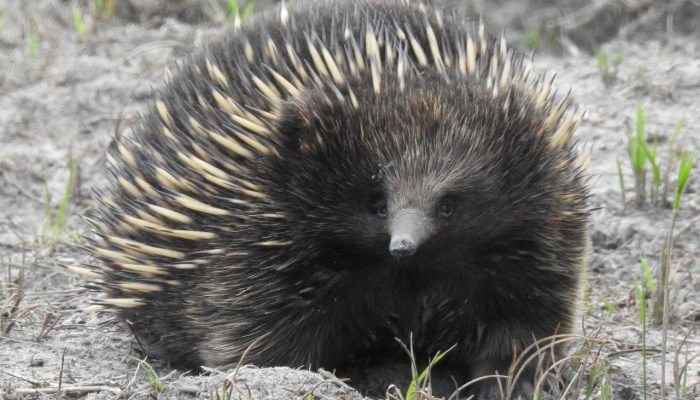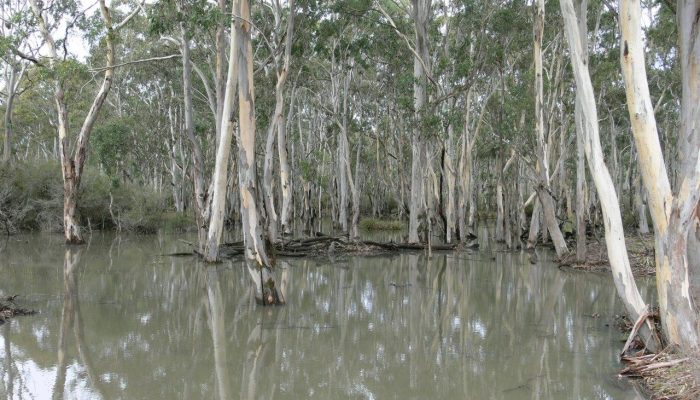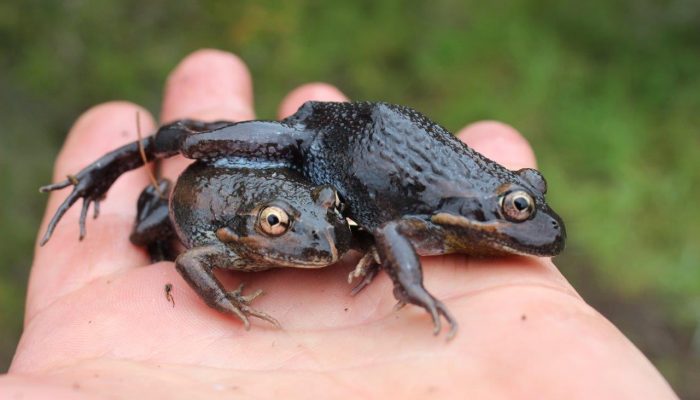Frair Reserve
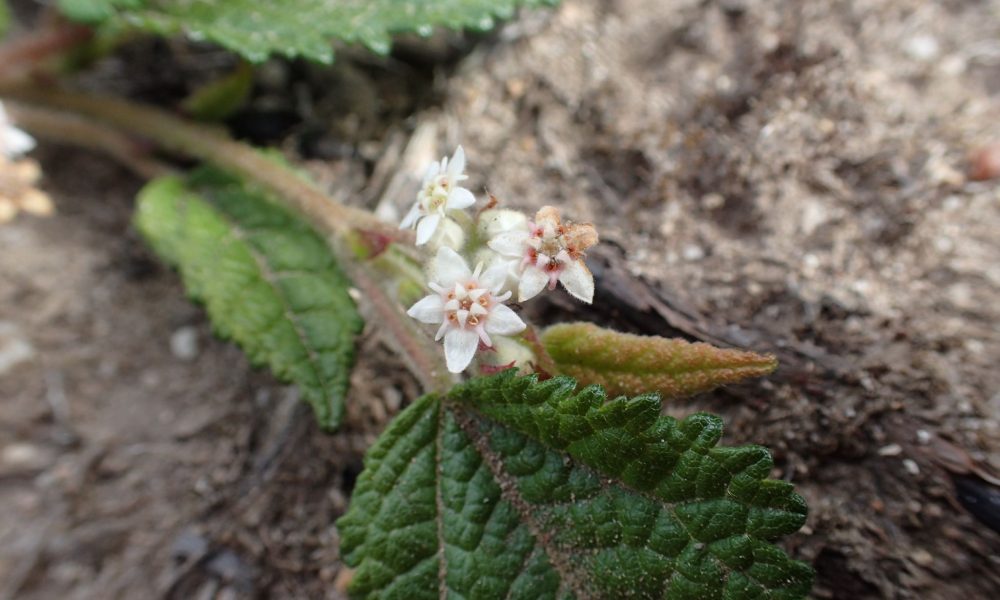
Frair Reserve
respects the Traditional Owners of
this land, the Gunaikurnai people.
Originally used for grazing and timber harvesting, the property was purchased in 2002 by Trust for Nature with funding from the RE Ross Trust and the National Reserve System. The reserve covers an impressive 193 ha.
Frair Reserve is located at Lot 37 Section 3, Roussacs Rd, Meerlieu and features both woodland and wetland habitat areas.
Frair Reserve is open by appointment. Contact Regional Reserve Manager on 0409 530 462 or brettm@tfn.org.au to arrange a visit.
All Trust for Nature reserves are closed on days of Total Fire Ban, and days of severe, extreme and code red fire danger.
Image: Dwarf Kerrawang. Source: Andre Messina/Vic Flora CC BY-NC-SA 4.0.
Explore Friars Reserve
The reserve includes patches of nationally endangered Plains Grassy Woodland ecological vegetation community. This is dominated by Gippsland Red Gum, Coastal Manna Gum, Banksia species and Bottlebrush species with a ground layer rich in grasses, sedges and lilies. Once covering extensive areas, this ecological community is now heavily fragmented and threatened by introduced grasses that outcompete native species such as Kangaroo Grass (Themeda triandra) and Wallaby Grasses (several Rytidosperma sp.). In the Gippsland Plains bioregion just 13 per cent of this ecological community remains intact, with 89 per cent of this occurring on private land. This reserve makes an important contribution to the conservation of this important vegetation community.
Other ecological vegetation communities found within the reserve are Sedge Wetland, Heathy Woodland and the vulnerable Damp-sands Herb-rich Woodland.
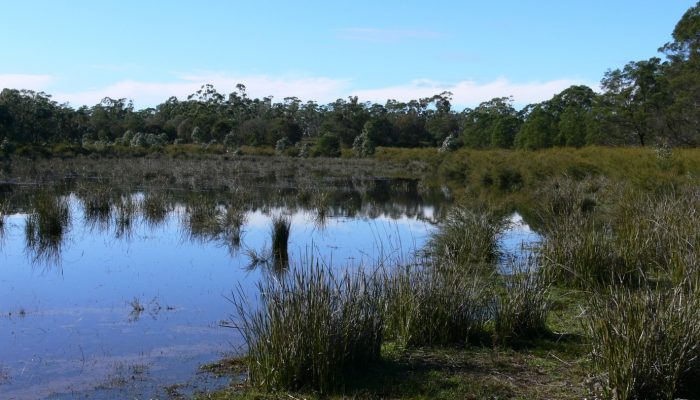
Frair reserve is home to a diverse range eucalypt trees and tall shrubs such as bottlebrushes, banksias and acacias. In the wetland areas, sedges and herbs dominate. Of particular note is the nationally endangered Dwarf Kerrawang (Rulingia prostrata), a prostrate herb found in ephemeral wetlands. Threats to this species includes land clearing, grazing, weed invasion, inappropriate fire regimes and the drying of wetland areas. Dwarf Kerrawang can be identified by its dark green leaves and the pink flowers which appear in October to November.
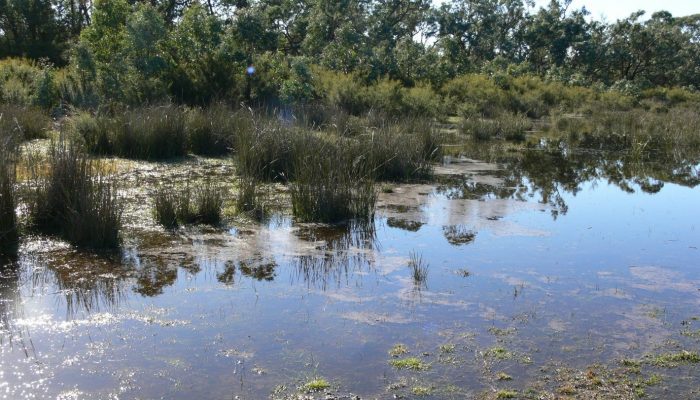
Prior to being acquired by the Trust for Nature, grazing and timber harvesting occurred on the property.
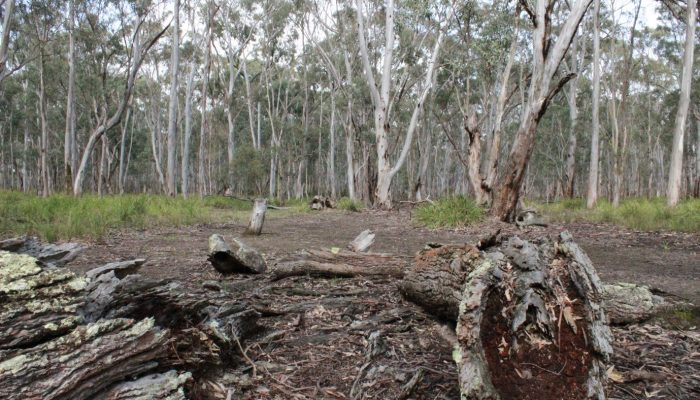
This reserve is open by APPOINTMENT ONLY, contact Regional Reserve Manager on 0409 530 462 or brettm@tfn.org.au.
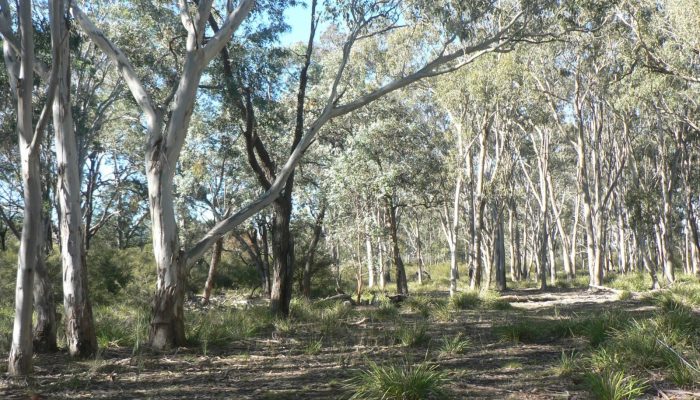
Our reserves have hazards that may cause serious injury or death. You are responsible for your own safety and the safety of those in your care.
The reserve is closed during days declared as Total Fire Bans and/or where the fire danger rating is Severe, Extreme or Code Red and during heavy rainfall periods.
The reserve is home to a variety of wildlife, including several species of venomous snake. During summer it is advised that long trousers and gaiters are worn when walking in the reserve.
Visitors to the reserve are requested to not cross any fence-lines, or venture onto neighbouring private property. All visitors are requested to stay on the marked walking trails.
Other hazards include:
- Falling limbs
- Uneven surfaces

